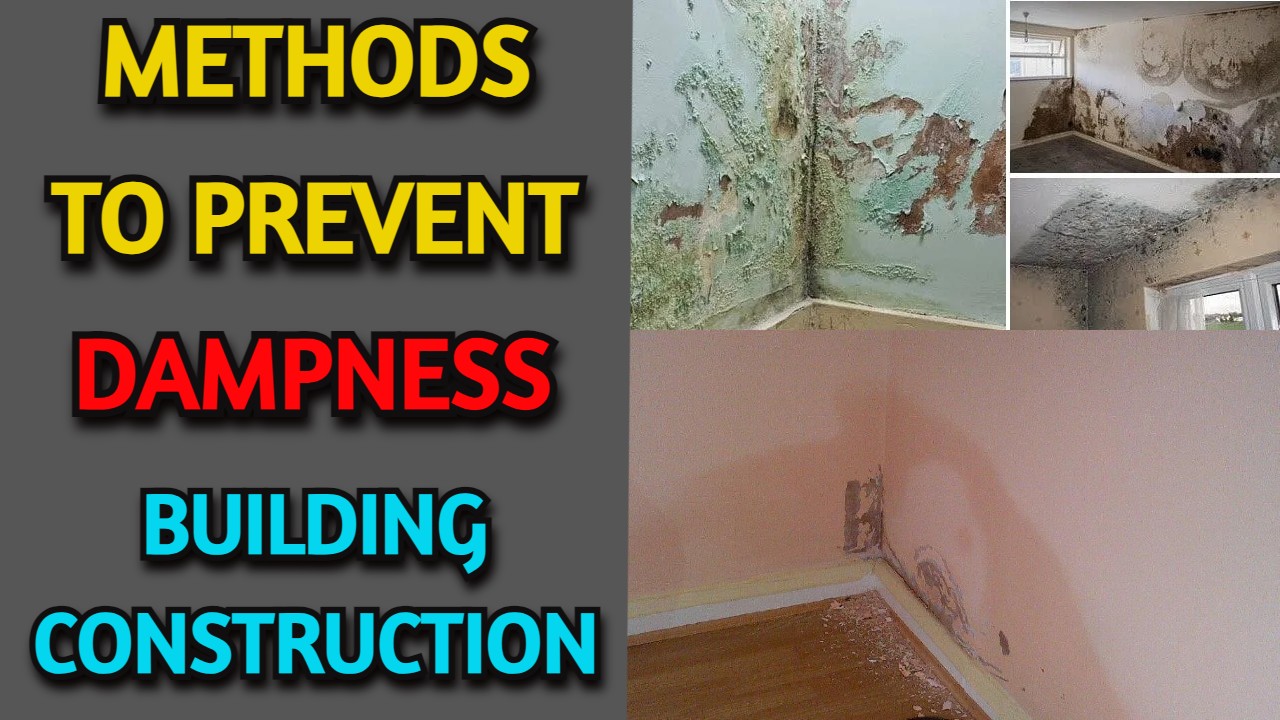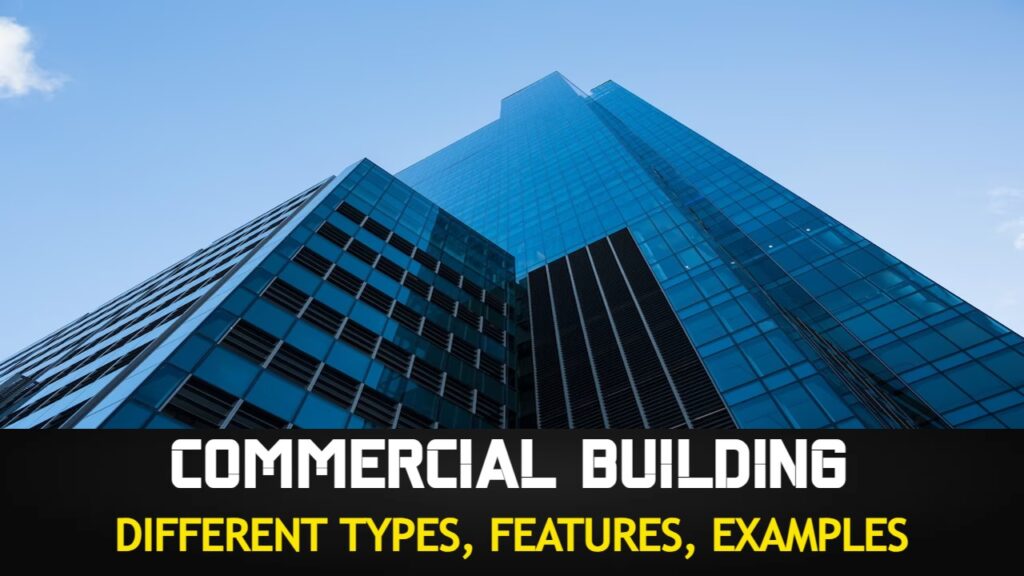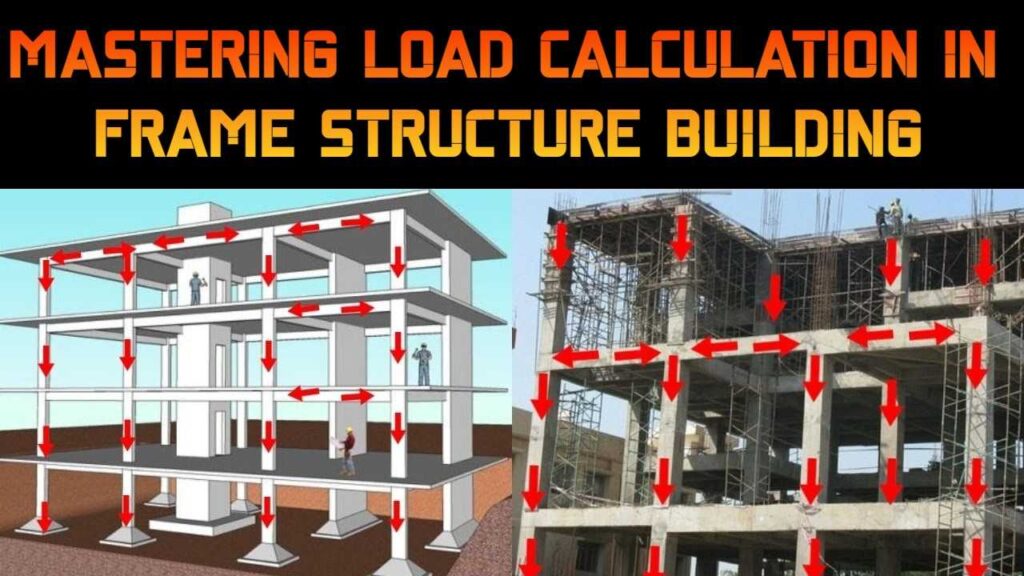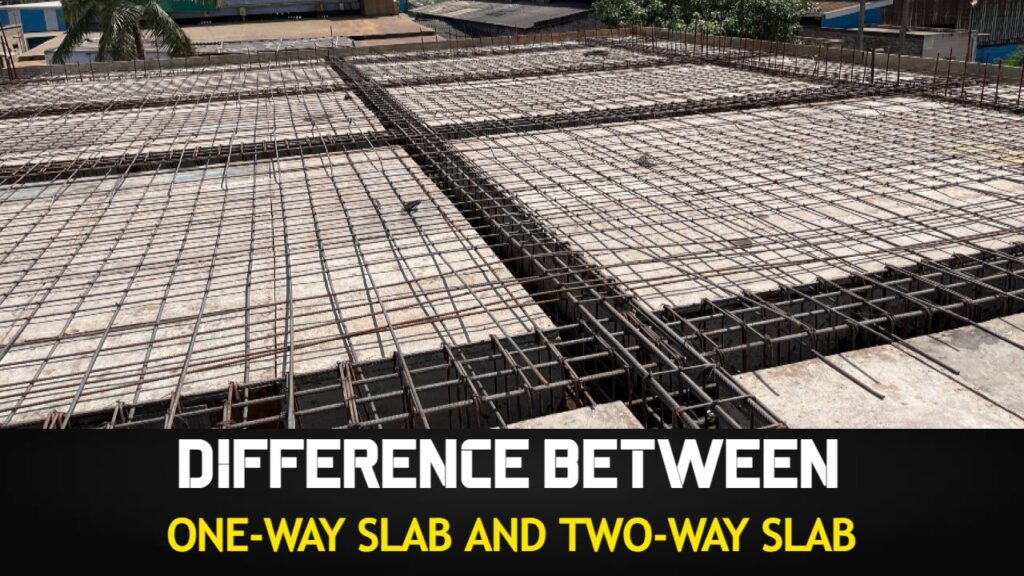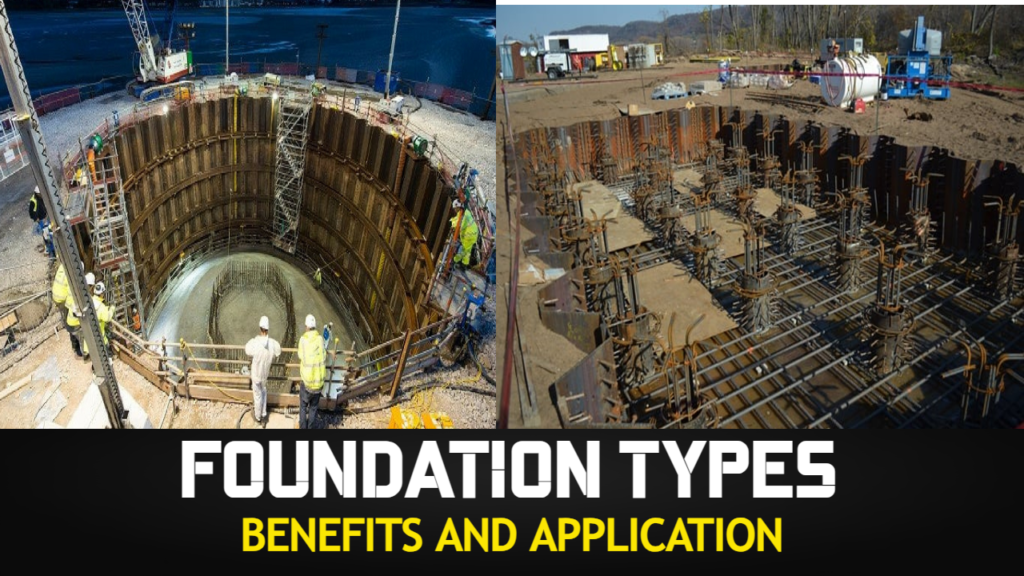Dampness is one of the most common and damaging problems in building construction. It affects not only the structural integrity but also leads to health issues, foul odor, and aesthetic deterioration like paint peeling, mold growth, and rusting of reinforcement bars. To ensure the durability, safety, and comfort of a structure, it’s crucial to understand and implement effective methods to prevent dampness in buildings.
In this article, we’ll discuss the types of dampness, causes, and 9 effective methods to prevent it during construction and post-occupancy stages.
Contents
- 1 Common Causes of Dampness in Buildings
- 2 Top 9 Methods to Prevent Dampness in Buildings
- 2.1 1. Damp Proof Course (DPC) Installation
- 2.2 2. Damp-Proof Membranes (DPM) Under Floors
- 2.3 3. Integral Waterproofing Compounds
- 2.4 4. Waterproof Surface Coatings
- 2.5 5. Cavity Wall Construction
- 2.6 6. Guniting or Shotcrete Application
- 2.7 7. Pressure Grouting and Crack Sealing
- 2.8 8. Surface Drainage & Ground Level Management
- 2.9 9. Ventilation and Condensation Control
- 3 🧱 BONUS: Prevent Dampness During Roof Construction
- 4 📊 Quick Comparison Table: Damp-Proofing Methods
- 5 Conclusion
- 6 📌 Frequently Asked Questions (FAQs)
Common Causes of Dampness in Buildings
Before implementing solutions, let’s identify the main sources of dampness:

- Ground moisture or capillary rise from soil
- Rain penetration through walls, roofs, or windows
- Poor drainage and water stagnation near foundation
- Leakages in plumbing, roofs, tanks, or pipes
- Condensation due to lack of ventilation
- Hygroscopic salts in bricks absorbing moisture from air
Top 9 Methods to Prevent Dampness in Buildings
1. Damp Proof Course (DPC) Installation
A DPC is a horizontal barrier (usually 15 cm above ground level) installed at the base of walls to prevent moisture from rising through capillary action.
- Materials used: Bituminous felt, mastic asphalt, cement concrete (1:2:4) with waterproofing additives, plastic sheets.
- Where to apply: Foundation walls, plinths, basement walls, floor junctions.
👉 Always ensure DPC continuity and proper overlaps at joints.
2. Damp-Proof Membranes (DPM) Under Floors
A damp-proof membrane is a plastic or bitumen-based sheet laid beneath the concrete floor slab.
- Prevents moisture from entering floors.
- Must be laid on a well-compacted base.
- Should be connected to the DPC in walls for full protection.
3. Integral Waterproofing Compounds
These are chemical additives mixed into concrete or mortar during construction to reduce water permeability.
- Common additives: Silicates, chlorides, fly ash, talc, waterproofing powders.
- Used in: Roof slabs, water tanks, basements, terraces.
✅ Improves strength and water resistance simultaneously.
4. Waterproof Surface Coatings
This involves applying water-repellent compounds to the exposed surfaces of walls or roofs.
- Options include:
- Cement-based waterproof coatings
- Bitumen-based paints
- Silicon-based water-repellent sprays
- Epoxy resins
🔧 These coatings fill surface pores and create a protective layer against rain and moisture.
5. Cavity Wall Construction
Cavity walls are built with two parallel walls separated by an air gap (50–100 mm), where the outer wall blocks rainwater and the inner wall remains dry.
- Common in cold and wet climates.
- The cavity may also be filled with insulating material.
💡 Cavity construction is ideal for external walls facing harsh weather.
6. Guniting or Shotcrete Application
Guniting is a method of spraying a rich cement-sand mixture using compressed air onto the exposed concrete or brick surface.
- Forms a dense, impermeable layer.
- Used for retaining walls, tunnels, reservoirs, and structures exposed to moisture.
✅ Best for uneven or curved surfaces.
7. Pressure Grouting and Crack Sealing
Grouting involves injecting a slurry of cement or chemicals into cracks, voids, or honeycombs in concrete walls and foundations.
- Seals gaps and blocks water ingress paths.
- Also strengthens weakened areas.
- Chemical grouts are suitable for very fine cracks.
🔍 Ideal for retrofitting or restoring old damp structures.
8. Surface Drainage & Ground Level Management
Water stagnation near the foundation is a major source of dampness. Here’s how to prevent it:
- Maintain ground slope away from the building.
- Use proper site grading and compacted earth filling.
- Provide external drains, soak pits, and water outlets.
🚫 Avoid planting trees close to the foundation as roots may cause cracks.
9. Ventilation and Condensation Control
Inadequate air circulation leads to internal condensation and damp patches.
- Install air bricks, exhaust fans, or ventilation ducts in kitchens, bathrooms, and basements.
- Use dehumidifiers or vapor barriers in moisture-prone areas.
- Opt for breathable interior finishes like lime plaster.
💡 Cross ventilation should be a key design principle in every room.
🧱 BONUS: Prevent Dampness During Roof Construction
- Provide proper slope (1:40) to drain rainwater.
- Use waterproof plaster or membranes over slabs.
- Place drip courses at projections to prevent water trails on walls.
- Clean and maintain gutters and rainwater pipes regularly.
📊 Quick Comparison Table: Damp-Proofing Methods
| Method | Application Area | Material Type | Effectiveness |
|---|---|---|---|
| DPC | Foundation/Plinth | Bitumen, Plastic, Concrete | High |
| DPM | Under Flooring | Polythene/Bituminous Sheet | High |
| Integral Compounds | Concrete Mix | Chemicals, Fly Ash | Medium–High |
| Surface Coating | Walls, Roofs | Paints, Resins, Silicates | Medium |
| Cavity Wall | External Walls | Brickwork with Gap | High |
| Guniting | Exposed/Curved Surfaces | Cement-Sand Mix | High |
| Grouting | Cracked Walls/Foundations | Cement Slurry, Epoxy | High |
| Drainage Management | Site and Landscaping | Earthworks, Pipes | High |
| Ventilation | Interior Rooms | Fans, Ducts, Vents | Medium |
Conclusion
Preventing dampness in buildings is a multi-layered strategy that starts from site selection and continues through construction, design, and long-term maintenance. By integrating DPC, membrane protection, waterproofing compounds, drainage, and ventilation, builders can ensure moisture-free, healthy, and long-lasting structures.
Damp-proofing is not just a cost—it’s a smart investment toward the safety, durability, and resale value of your building.
If you want detailed knowledge, then watch this video by Learning Civil Technology.
SOURCE: LEARNING CIVIL TECHNOLOGY
📌 Frequently Asked Questions (FAQs)
What is the most effective method for preventing rising damp?
Installing a proper Damp Proof Course (DPC) at the plinth level is the most effective method.
Can I prevent dampness in old buildings?
Yes, by applying pressure grouting, guniting, and surface waterproofing coatings.
How do I control dampness in walls after monsoon?
Dry the walls with fans/dehumidifiers, seal any cracks, and reapply waterproof paint.
Is damp-proofing required in all buildings?
Yes, especially in humid climates or structures built on moisture-retaining soil.
